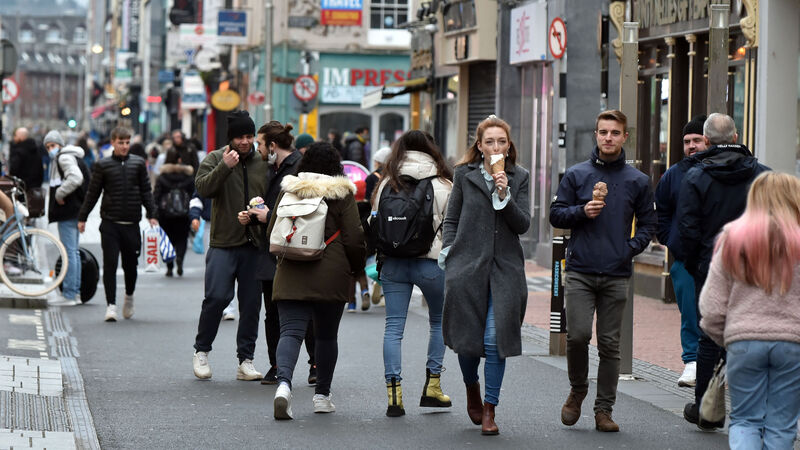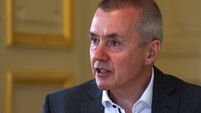Oliver Mangan: High inflation may take over from Covid as main risk to global growth

When assessing where the Irish economy stands after almost two years of the Covid-19 pandemic, it is best to use 2019 as the base for comparisons.
Overall, the economy has come through the crisis in very strong shape, although there are some sectors that have been badly impacted and are recovering more slowly. Very substantial fiscal support measures amounting to circa 20% of national income have played a key role in limiting the damage to the economy.
Ireland has also benefitted from the favourable product mix in its large multi-national sector, with a large presence of pharma, medical, ICT and financial services companies, which have seen very strong export growth over the past two years.
The underlying strength of the economy is best exemplified by the data on tax receipts and the labour market. Tax revenues in 2021 were up by 15% on their 2019 level, i.e. before the pandemic struck. Notably, income tax receipts were over 16% higher.
This is consistent with the latest labour force data for the third quarter of 2021 which shows employment was up by 6.4% on the same period in 2019. Unlike in other countries, the labour force also continues to grow strongly, expanding by almost 7% in the two years, reflecting rising participation rates and a continued increase in the number of non-Irish nationals in the workforce.
The official unemployment rate stood at 5.1% at the end of 2021, only slightly up on its end of 2019 level of 4.8%. The rate, including those on the PUP (Pandemic Unemployment Payment), stood at 7.5% in December but this should now fall rapidly with restrictions on activity lifted last weekend.
In terms of the domestic economy, the latest data show modified final domestic demand was 3.3% higher in the third quarter of 2021 compared to the final quarter of 2019. Consumer spending, though, had yet to return to its end 2019 level.
While core retail sales (excluding the auto sector) were 10% higher than two years ago, new car sales were down by 10% in 2021 on 2019 levels. Spending in some service sectors such as travel, hospitality and entertainment has also yet to recover.
Meanwhile, housing output as measured by completions in 2021, is estimated to have been broadly on a par with 2020 and 2019, at circa 21,000 units. However, overall construction output was still well down in the third quarter of last year on 2019 levels. Again, this is reflected in labour market data, with construction employment still below 2019 levels.
A legacy of the pandemic here and elsewhere is higher inflation, both in terms of consumer prices and housing. CSO data shows the Irish CPI rate finished last year at 5.5%, broadly in line with the UK and Eurozone. Meanwhile, house prices were up by 14% year-on-year in November, again, similar to trends in other countries.
The growth prospects for the Irish economy look very favourable with Covid-19 restrictions on activity now lifted and as the global economy continues to recover from the 2020 recession. However, the OECD warned in its end of year Economic Outlook that inflation may prove persistent and continue to surprise to the upside.
This could force central banks to tighten policy to a greater extent than anticipated, endangering the recovery in activity. High inflation may now be replacing Covid-19 as the principal risk to global growth prospects.
- Oliver Mangan is Chief Economist with AIB










